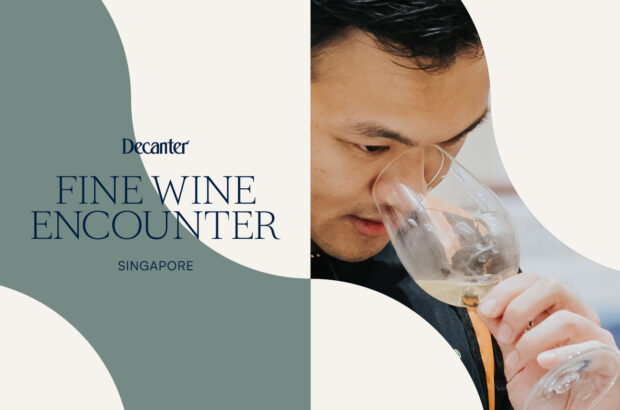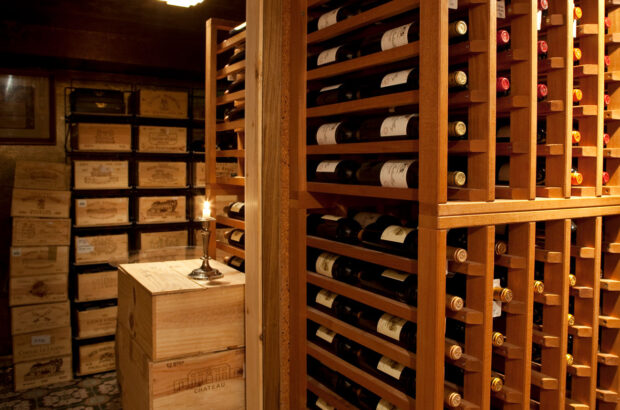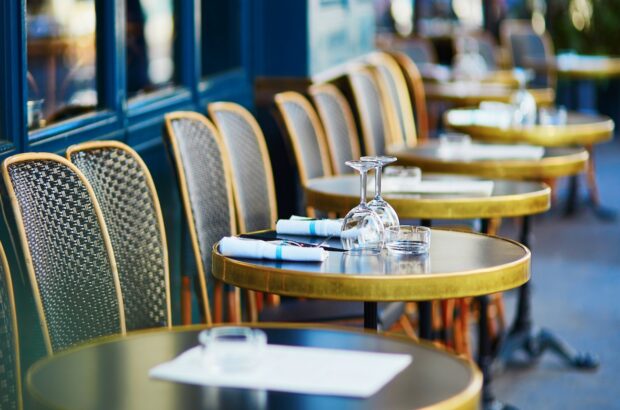Smart money on '05, not 2010
With another round of record en primeur prices hitting the streets for the top 2010 clarets, canny wine collectors and investors are showing increased interest in ‘bargain’ back vintages, 2005 in particular.
At Bordeaux index, Gary Boom believes ‘clever buyers will look at top-rated wines from ’96, ’03 and ’05. There are some monumental wines there that make much more sense to me to buy than their younger siblings.’
Boom is not alone in picking out these vintages, especially the ’05s. Andrew Davison at the Vintage Wine Fund also believes ‘2005 has been largely overlooked recently – and seems very cheap.’
Mark Bedini at Fine & Rare agrees: ‘Right now, 2005 is underpriced and undervalued. What is significant is that [Robert] Parker has rated the vintage alongside 2009 and 2010 as the greatest ever.
It makes little sense for 2009 and 2010 to trade at a premium to the ’05s, especially when the ’05s have a proven track record with five years’ maturity.’
‘A lot of 2005s are trading at less than their peaks of 2008 when the market experienced a major correction,’ says Justin Gibbs of Liv-ex. ‘2005 was hardest hit as it had gone up the most and was also the most liquid, which is also why it crashed so badly. Since then, some prices haven’t made much headway and look terrific value.’
By way of example, the 2005 haut-Brion is £6,900 compared to a 2008 peak of about £9,000. The 2009 haut-Brion, meanwhile, is £8,200, signalling that 2010 will not be any less. At £11,750, Lafite 2005 also trades at a significant discount to the 2009 (£14,000) and even the 2008 (£13,000). Ditto Margaux. its 2005 is £8,000 whereas the 2009 is about £9,300.
US wine consultant Judy Beardsall believes US demand for 2010 will be muted. ‘it may encourage people to go back to 2005, which will look reasonable by comparison. 2010 isn’t a better vintage than ’05, so it could be a smart move – especially if you missed out first time around.’
Another reason to target the cheaper 2005s ahead of the 2010s is because the wines are stylistically very similar and will drink much sooner.
Moreover, some uK merchants, including Farr Vintners’ Stephen Browett, argue that 2005 may just have the edge.
Next-generation tracking under development
US-French technology company eProvenance has announced the development of a new sensor to track the temperature of fine wine both in transit and storage.
CEO Eric Vogt says the new technology ‘dramatically extends the sensor’s life span from nine months to five years and adds a humidity- monitoring capability’.
As well as ensuring that the wine arrives in the hands of the consumer in excellent condition, says Vogt, verifiable provenance will also increase the value of the wine at auction.
Berry Bros & Rudd’s Alun Griffiths MW says this is a major step forward for consumers. ‘Nine months isn’t really long enough, whereas a five-year lifespan provides more reassurance regarding provenance and condition. Some people prefer not to buy en primeur and purchase young wines once they are physical. This should certainly give them more confidence.’
Napa Auction 2011
Auction Napa Valley took US$7.3m (£4.5m) on 4 June, bringing the total takings over 31 years to US$100m.
This year’s auction total was US$1m less than last year, and considerably less than the takings in 2007 and 2005.
Lots are donated by all the major Napa producers. The top lot this year came from the Staglin and Chiarello families: a three-day Napa excursion with gourmet food and seven large- format bottles that raised US$600,000.
The biggest single-lot bid of the day was US$180,000 for an eight-magnum collection of Opus One, together with an eight-day tour of China for six including dinner in the Forbidden City.
In its 31-year history, Auction Napa Valley has become one of the US’s highest-earning charity auctions.
As Garen Staglin of Staglin Family Vineyards told the San Francisco Chronicle, ‘If you go to New York, to the Metropolitan Opera, to San Francisco, none of them will raise this much.’
Written by John Stimpfig





